Here's a tip to get more uses out of the alkalinity kit and make it last longer, especially if you have higher alkalinity water like me as you need to use more of the KH liquid to get a reading.
Normally you should test your water before every brew to adjust your brewing liquor (water) correctly and strip out any necessary alkalinity. But after several tests you'll come to realise that although the alkalinity does change it stays within a reange. For me it's about 185ppm -215ppm. For pale ales the recommeded alkalinty is 50ppm or less and for lagers 30ppm or less. So I need to strip out 135-165 ppm of alkalinty.
I use the chart entitled CRS in millilitres per litre from the brupaks website and CRS to strip out alkalinity
http://www.brupaks.com/water%20treatment.htm
Which means I need to times whatever Litre of water by 0.87ml of CRS to strip out 160ppm of alkalinity.
So rather than testing my water to see what the ppm is, I always assume I just need to use 0.87ml of CRS x Xamount of L of water, then test the brewing water
after adding the CRS. This means that I only use as small amount of KH Liquid as the colour will start to change in the testing vial after say only using 0.1ml of the liquid rather than using say 0.85ml if I were to initially test my water before adding CRS







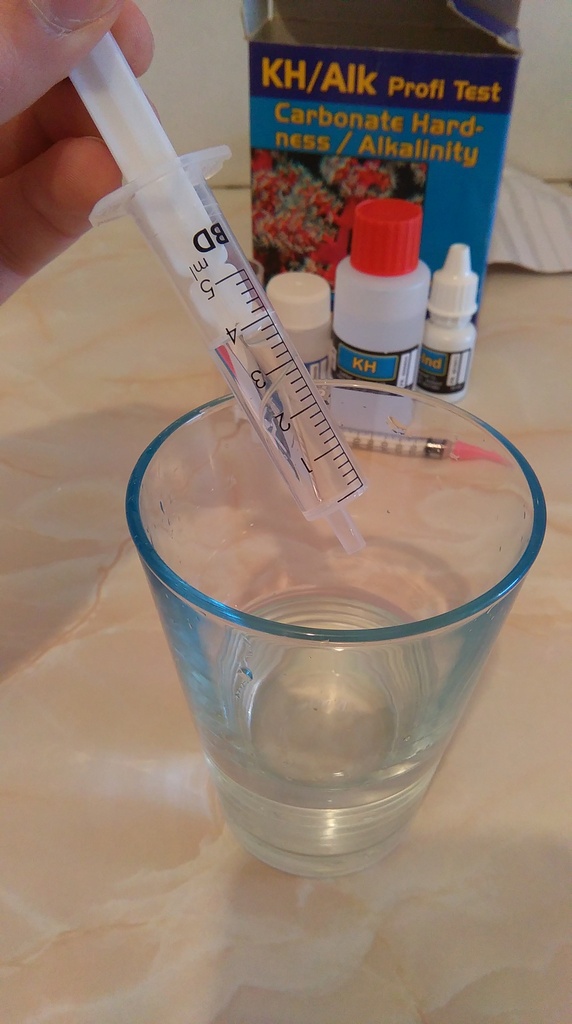
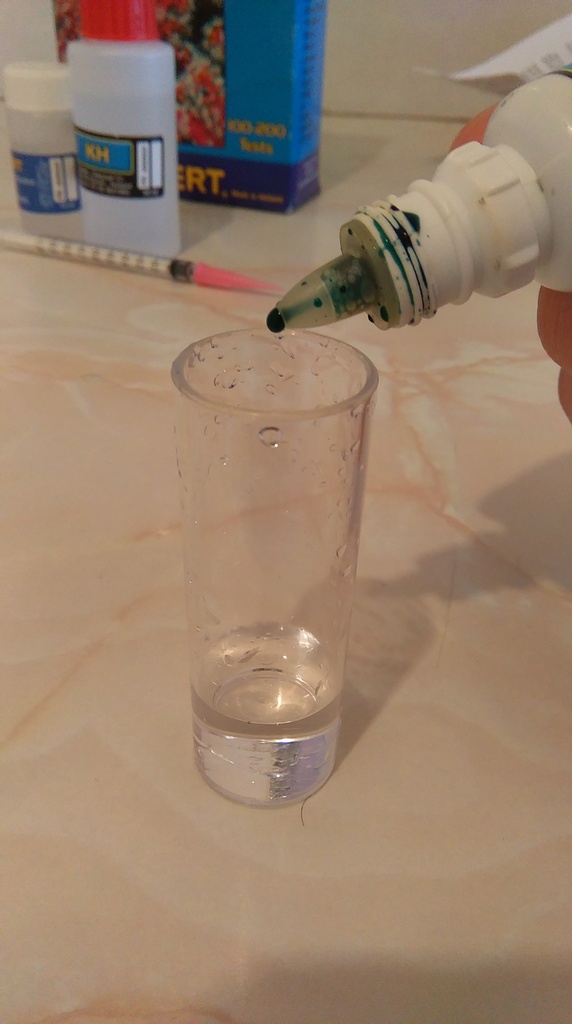
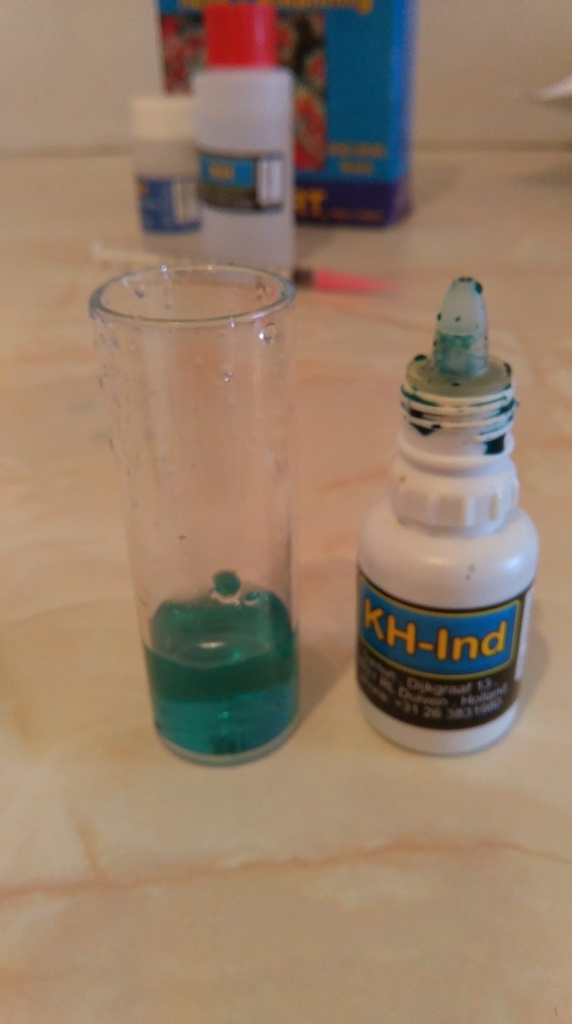
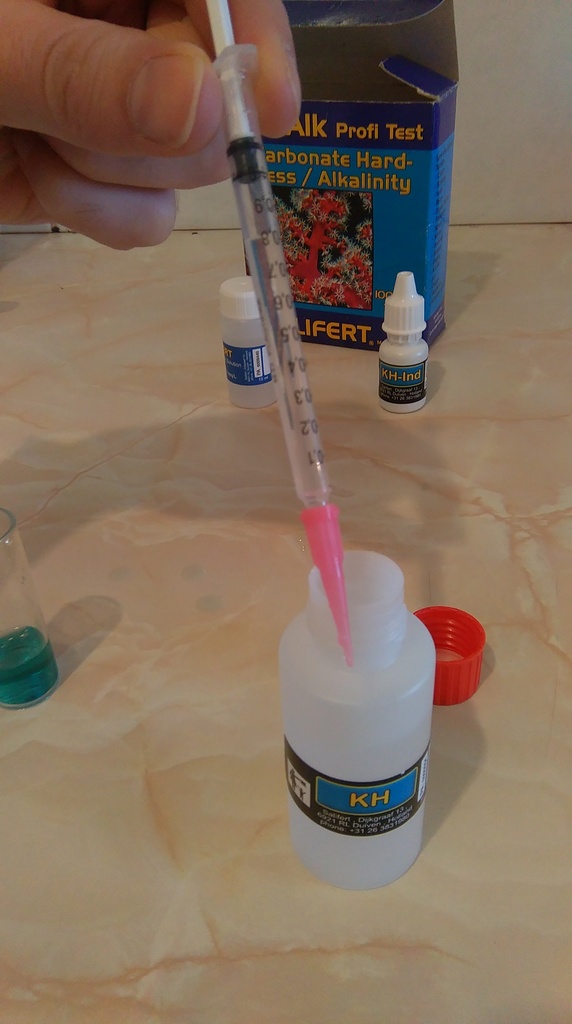
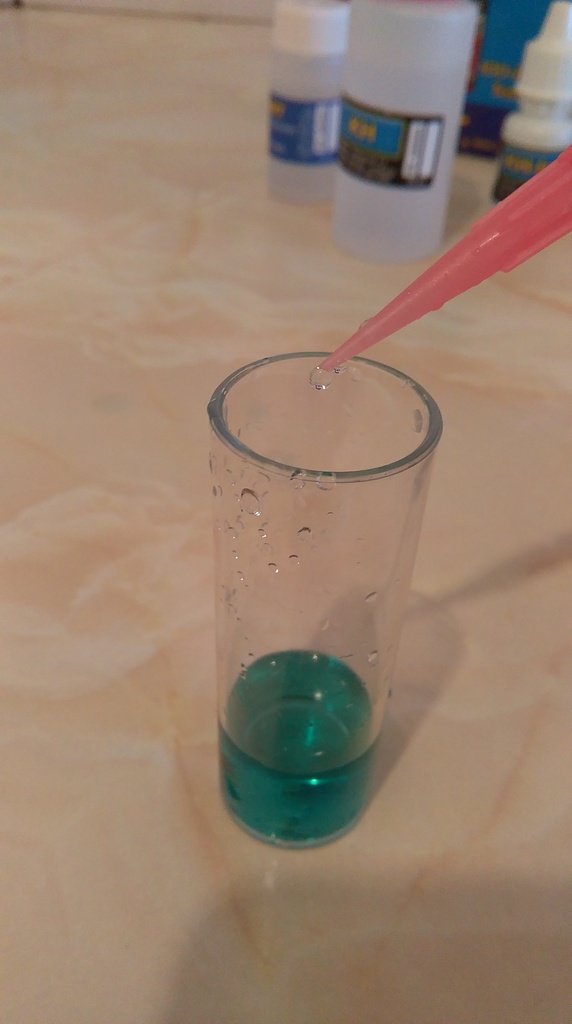
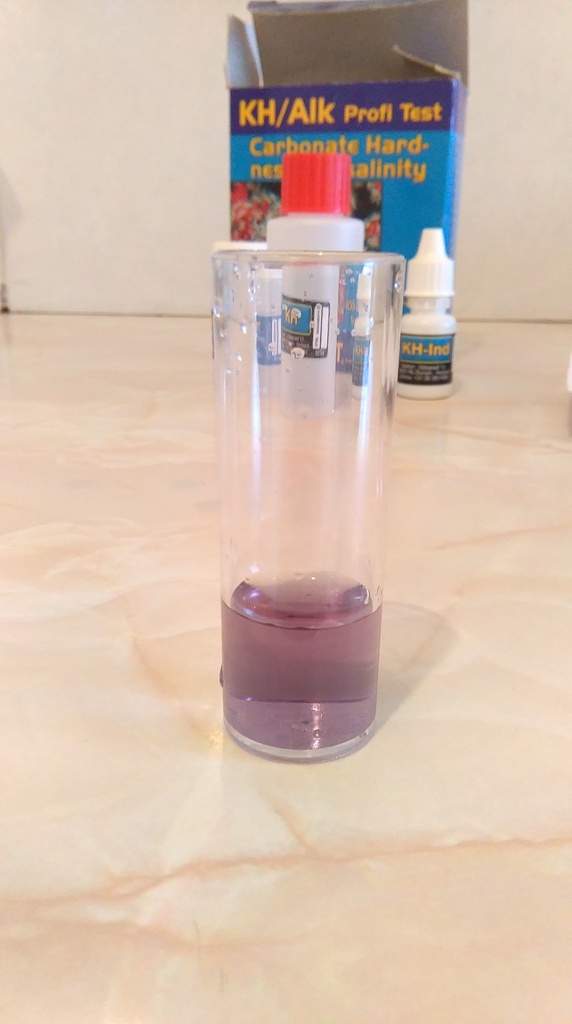
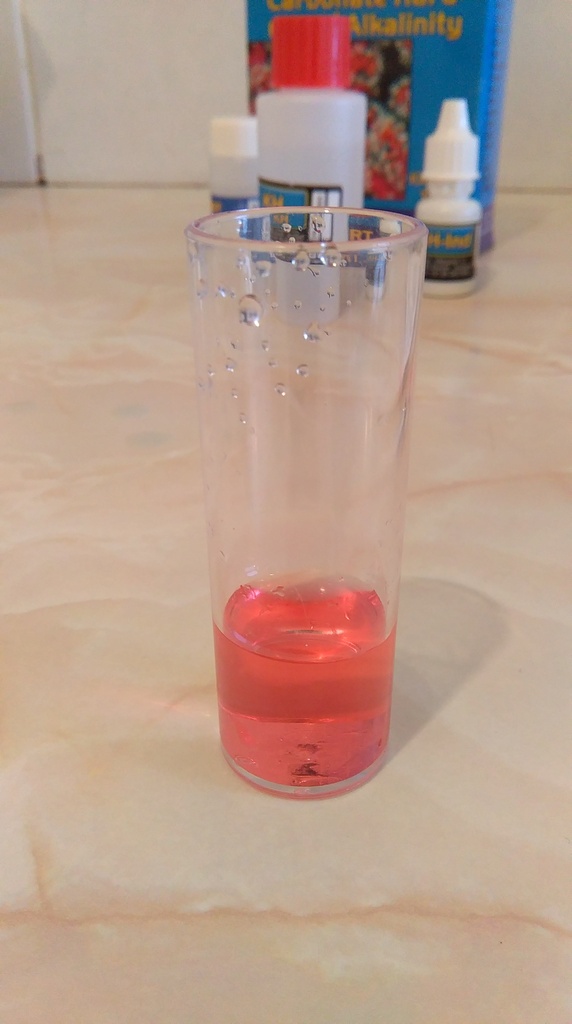
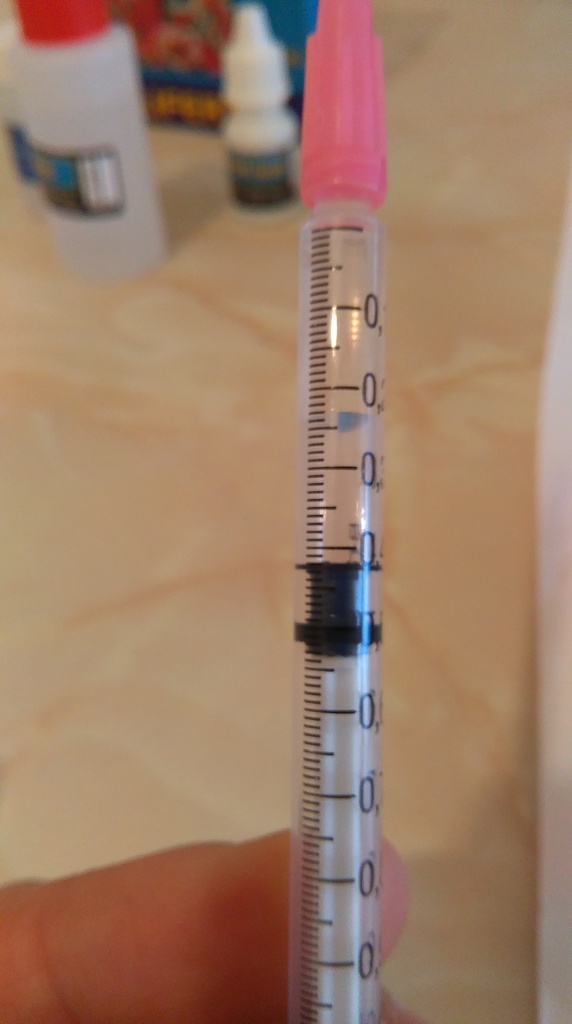
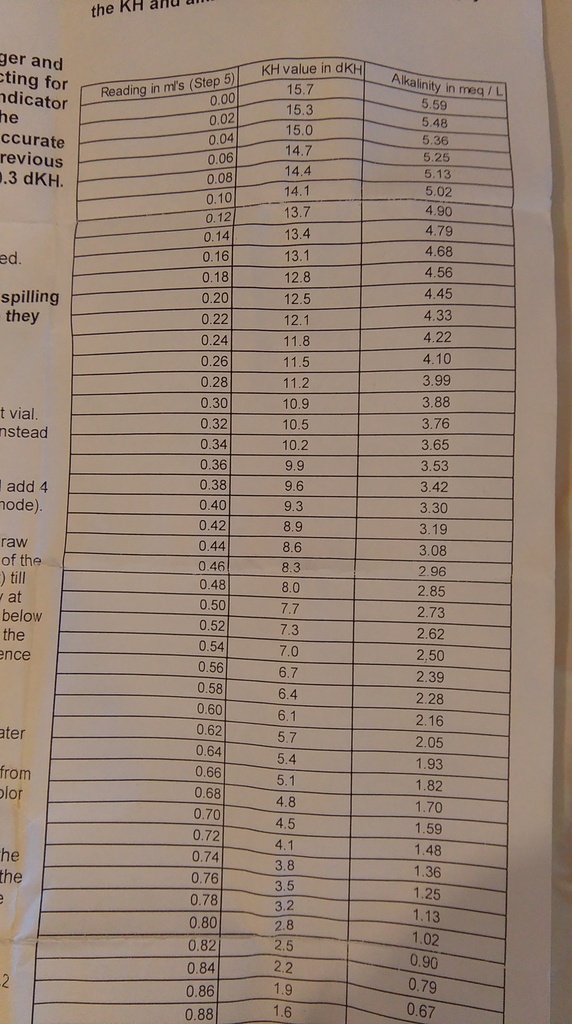
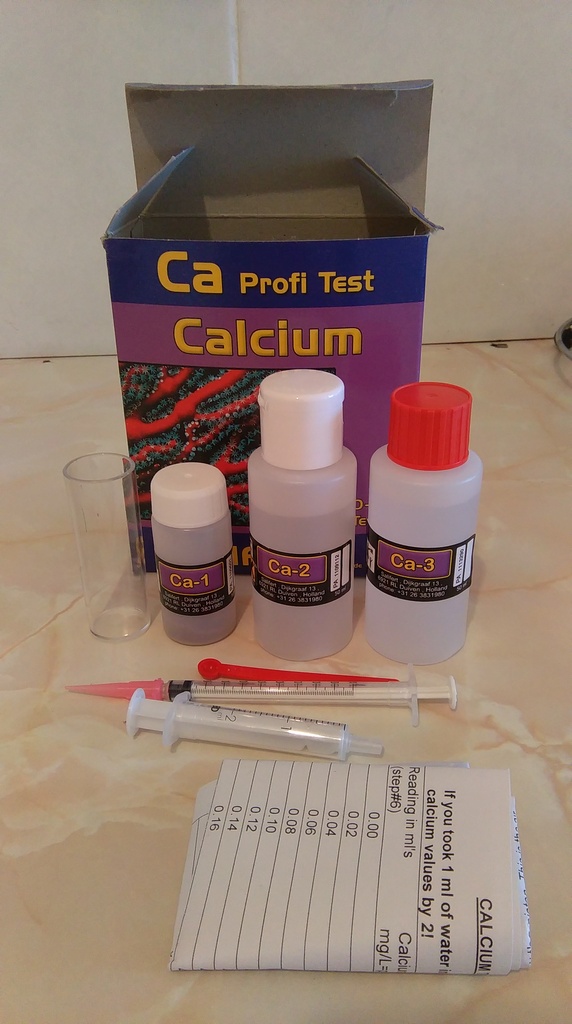
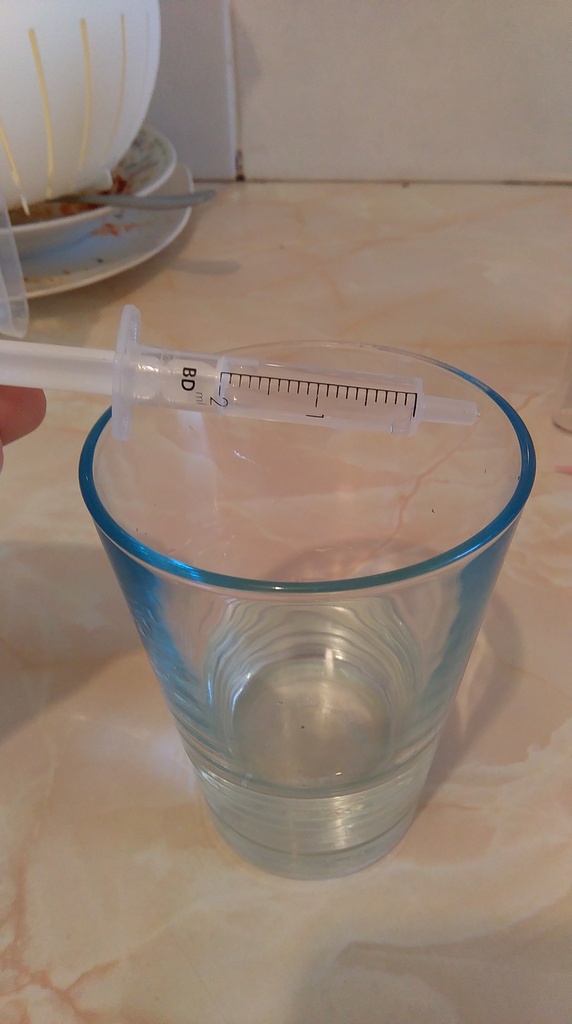
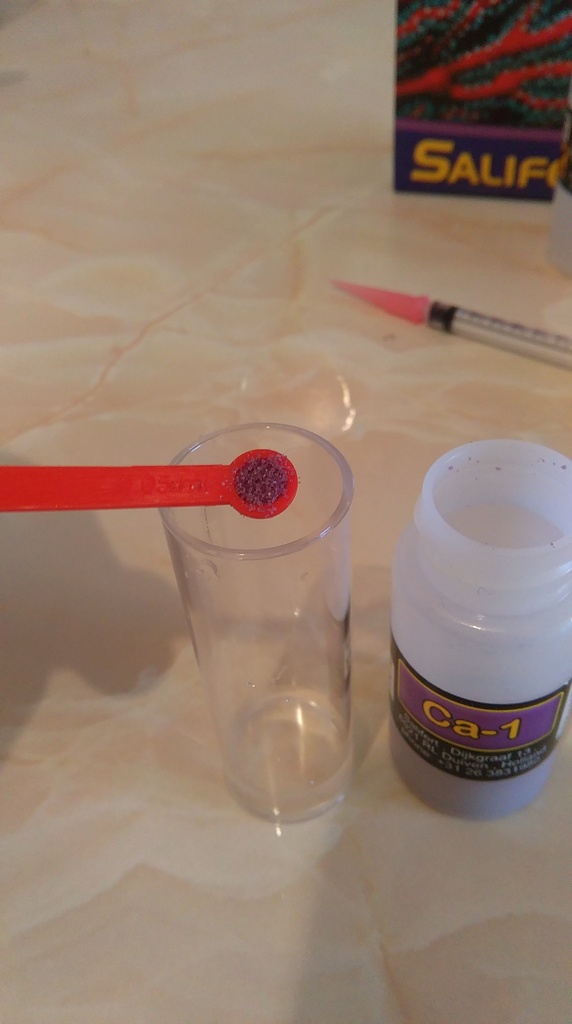
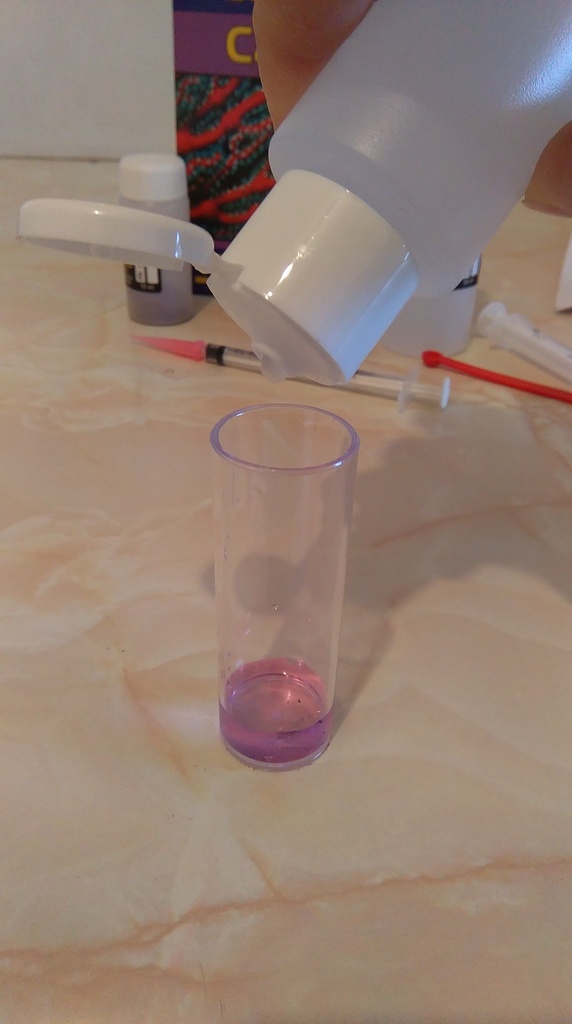
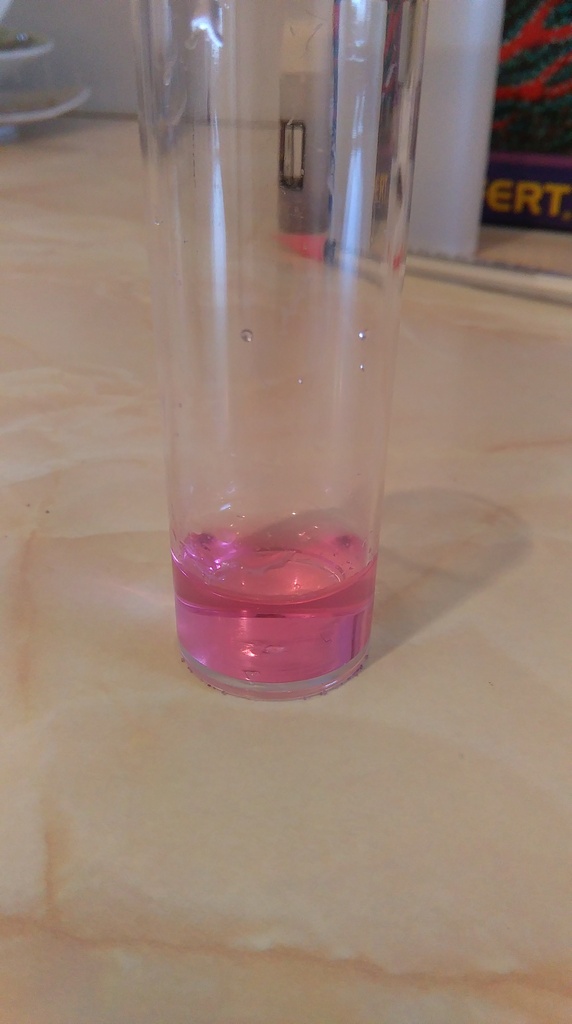
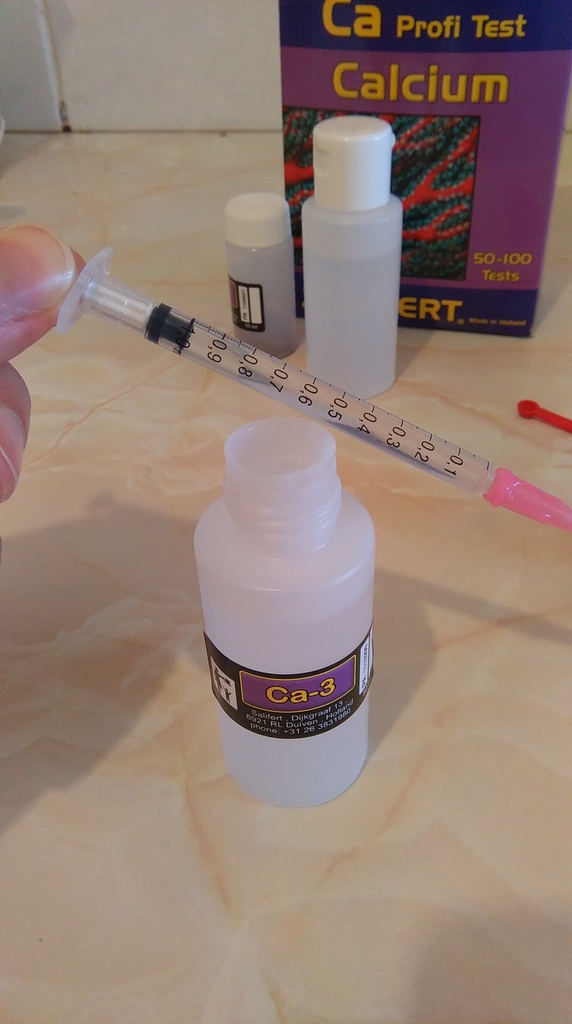
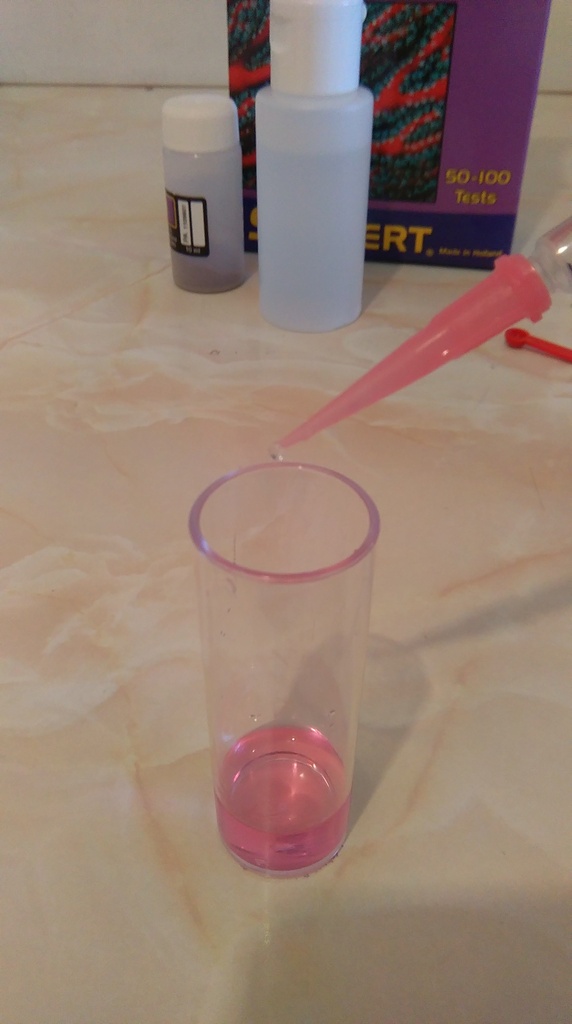
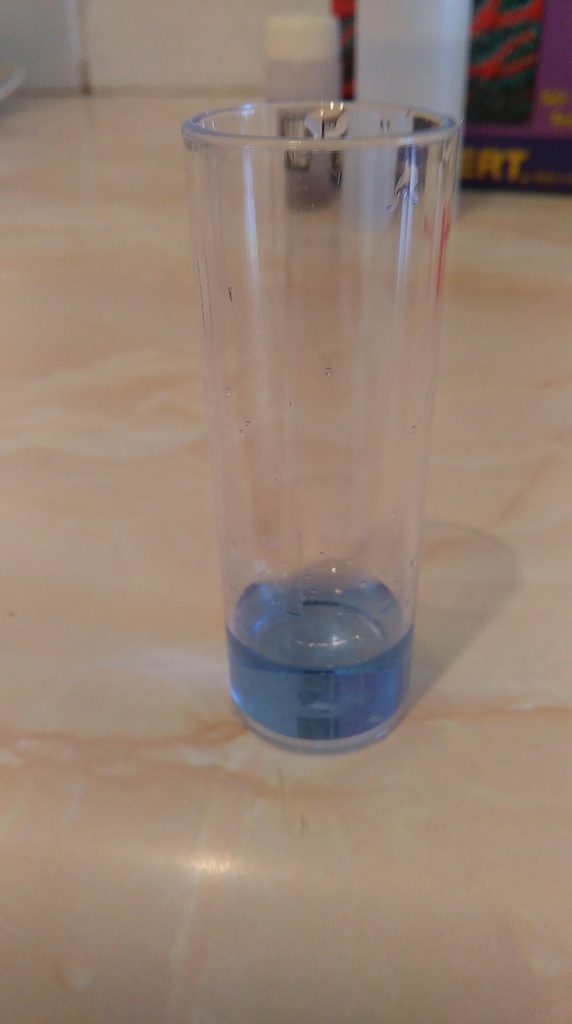
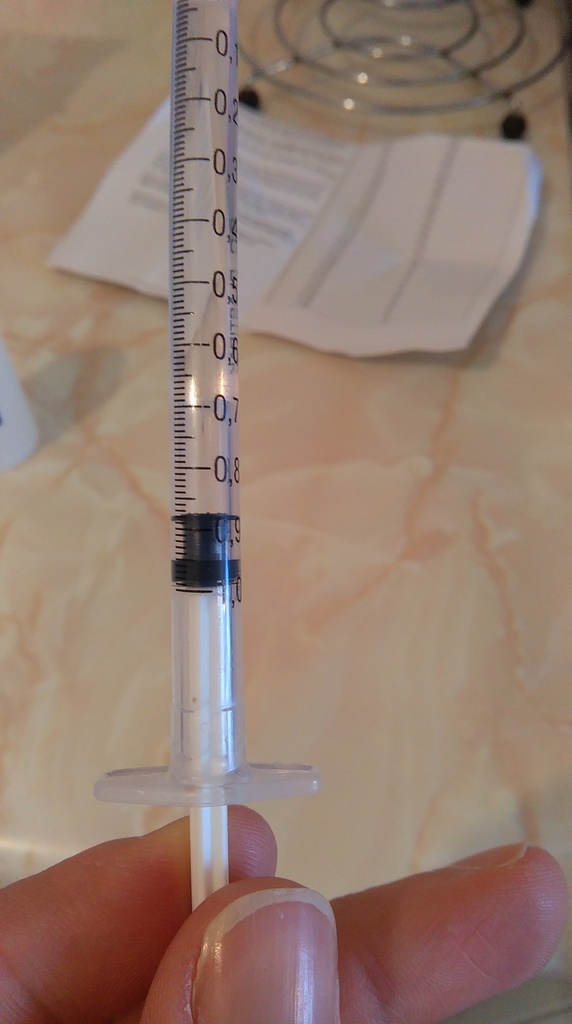
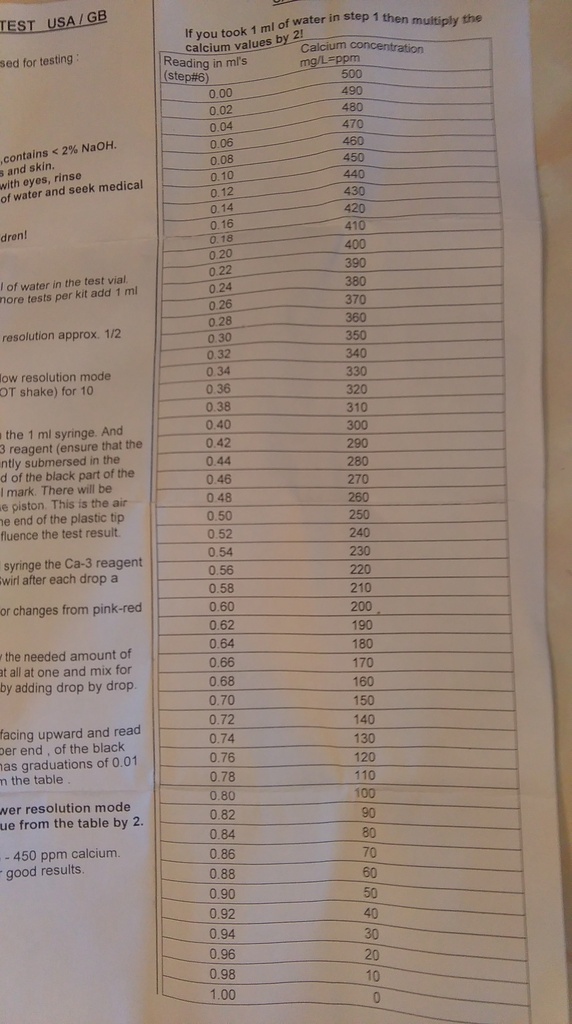















![BREWING THERMOMETER STICKERS ACCURATELY MONITOR FERMENTING BEER & WINE LIQUID TEMPERATURES 5PCS HOME BREW SPIRITS WINE LCD ADHESIVE [US]](https://m.media-amazon.com/images/I/311DDjo2X3L._SL500_.jpg)





















